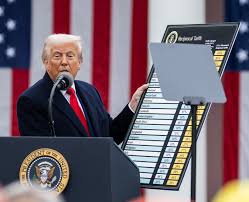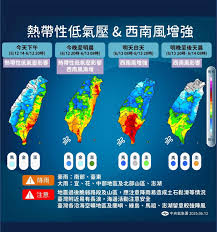
Introduction
The implementation of tariffs under former President Donald Trump remains a significant topic in economic discussions, impacting both domestic markets and international trade relations. Tariffs were introduced as a strategy to protect American industries, but they have also drawn criticism for increasing costs for consumers and complicating trade relationships with countries like China. Understanding the implications of these tariffs is crucial for businesses, policymakers, and consumers alike.
Background on Trump Tariffs
Beginning in 2018, the Trump administration imposed a series of tariffs on various goods, primarily targeting China, steel, and aluminum imports. The stated purpose was to level the playing field for American manufacturers by addressing trade imbalances and combating allegedly unfair practices such as intellectual property theft. These tariffs ranged from 10% to 25%, leading to heightened tensions between the U.S. and its trading partners.
The Economic Impact
Economic analysts have varied opinions on the effectiveness and consequences of Trump’s tariffs. Critics argue that these tariffs have resulted in increased consumer prices and retaliatory tariffs from affected countries, leading to a potential slowdown in trade growth. For instance, the U.S. Chamber of Commerce reported that steel tariffs led to the loss of American jobs in industries that relied on imported steel, such as automotive and construction.
On the other hand, supporters of the tariffs claim they have strengthened certain domestic sectors, such as steel production, which saw a revival due to reduced foreign competition. However, as the economy shifted post-pandemic and supply chain issues became prominent, the implications of these tariffs became more complex, suggesting a dual-edged sword impact.
Current Developments and Future Projections
As of late 2023, discussions surrounding Trump’s tariffs continue, especially with the ongoing debates in Congress regarding economic recovery initiatives and global trade policies. The Biden administration has taken a somewhat different approach, maintaining some tariffs while seeking to negotiate new trade agreements that could alleviate economic strain on consumers.
Conclusion
The long-term effects of Trump tariffs are still unfolding. While some industries have benefitted, many consumers and businesses have faced increased costs. As policymakers navigate the future of trade policy in the post-Trump era, understanding the ramifications of these tariffs remains essential for predicting trends in the economy and international relations. Businesses and policymakers must weigh the benefits against the potential costs to ensure more sustainable trade practices moving forward.



